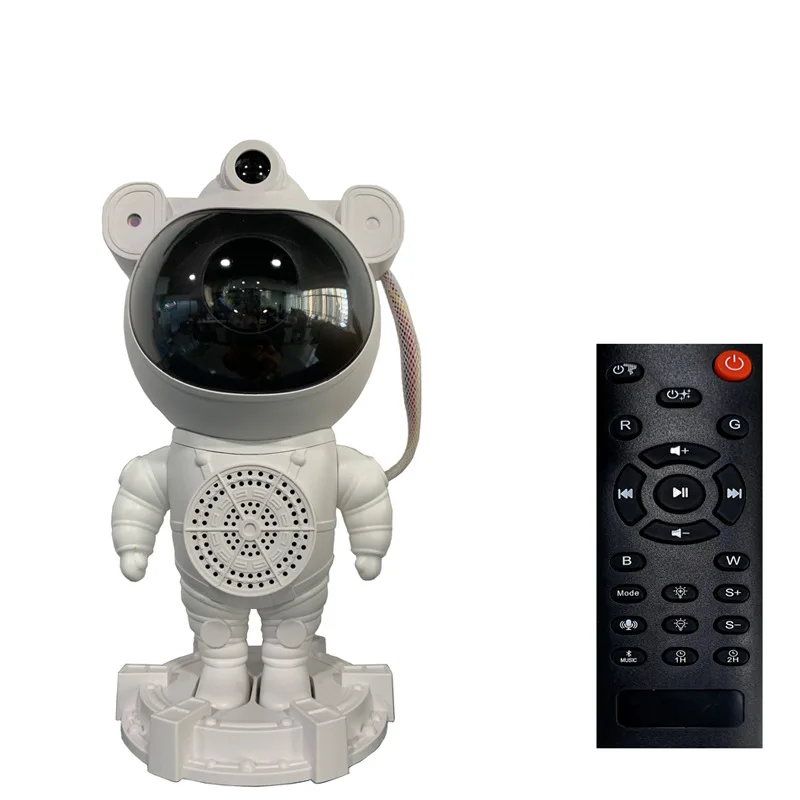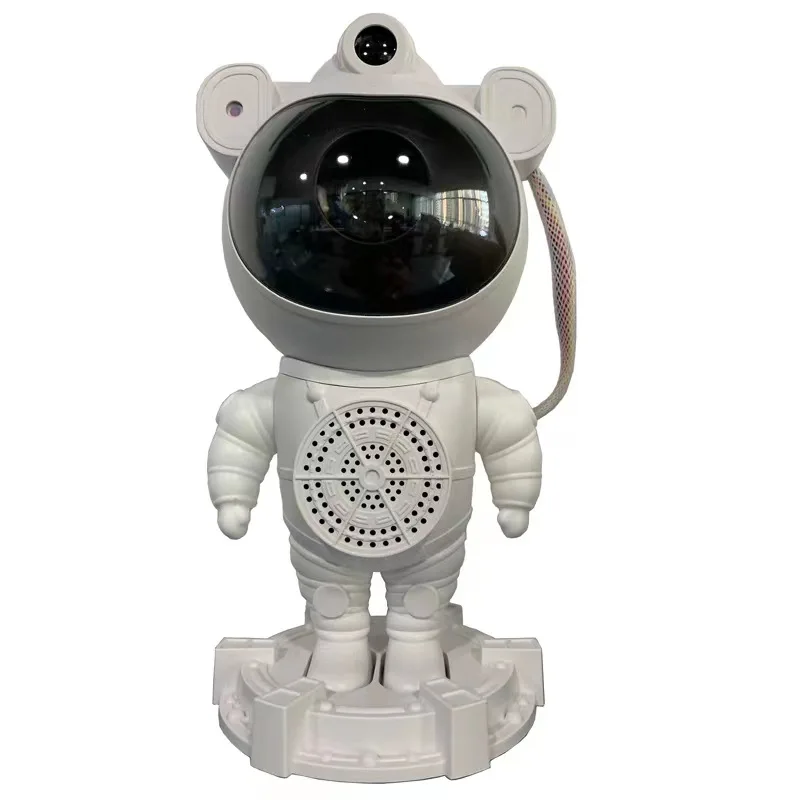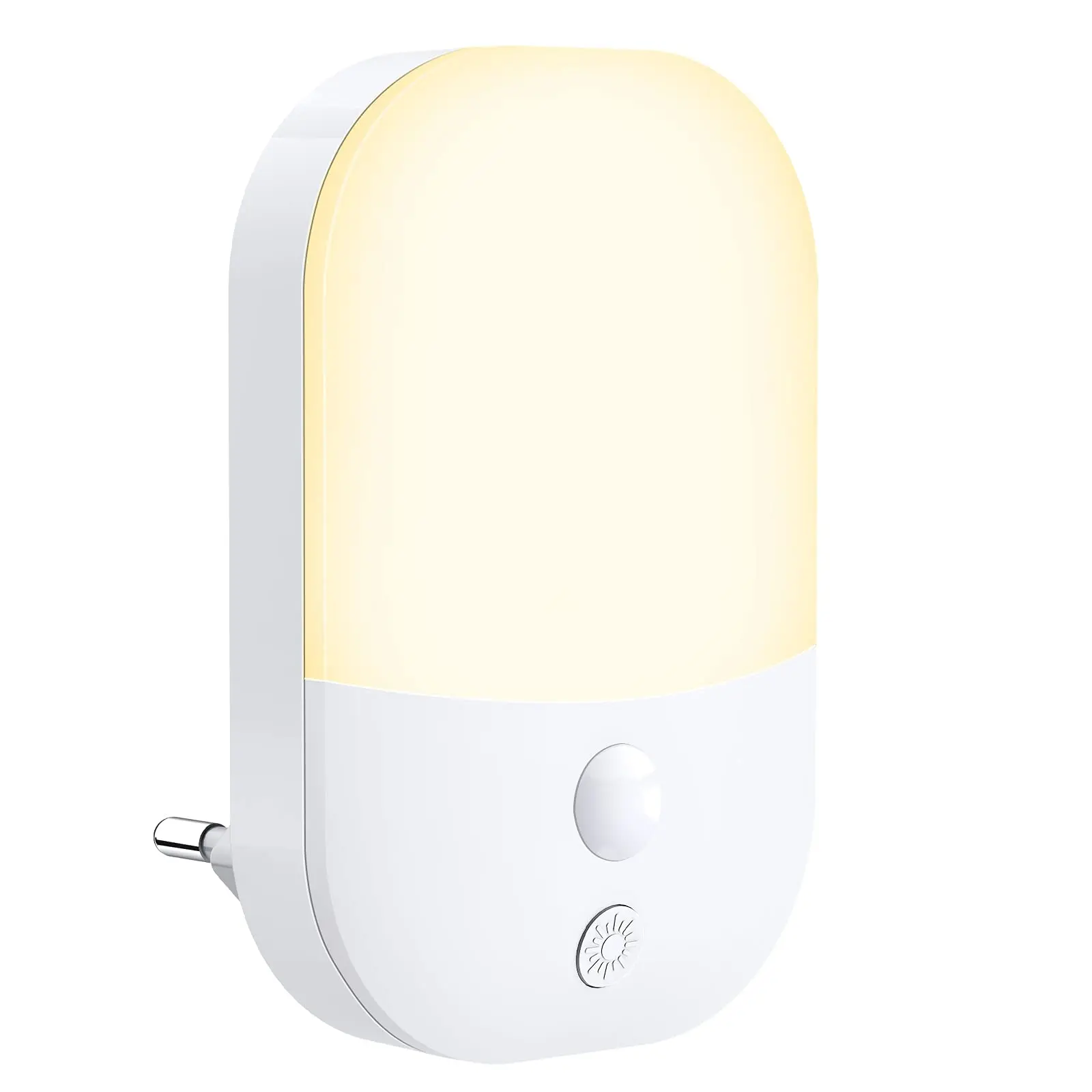LED Űrhajós Felhő Projektorkénysugarú Csillagászeti Égbolt Bébi Lámpa Csillag LED Éjszakai Lámpa Gyár Nyeremény Távoli Irányítású Lézer Projektor
- Áttekintés
- Kapcsolódó termékek
Marketing tevékenységek
Termékek leírása
Termék neve |
A világosságra való tekintettel |
Anyag |
ABS |
A műveletek |
Távvezérlés |
Energiaellátás |
DC 5,0 V/1A |
Legjobb vetítési távolság |
3 - 5 méter (10-16,5 láb) |
Zenei formátumok támogatása |
BT és USB |
A projekció lefedettsége |
15-20m2 ((161-215sq.ft) |




GYIK
K1: Milyen fizetési feltételek vannak az új vásárlóknak?
A: Általánosan kereskedelmi biztosítás, opcionálisan hitelkártya, visa, E-ellenőrzés, western union vagy T/T.
K2: Mi a szállítási idő?
A: 3-5 nap próba rendeléshez és 10-15 nap tömeges termeléshez.
K3: Hogy szállítjátok az árukat és mekkora az érkezési idő?
A: Általában DHL, UPS, FedEx vagy TNT szállítást használunk. Általában 3-5 napig tart a kézbeérés. Az ajtónál történő levegőben történő szállítás kb. 15 napot vesz igénybe.
Q4: Meg lehet nyomni a logómat az eszközre és a csomagolatra?
A: Igen, nincs minimális rendeléskészlet (MOQ) logó nyomtatásához az eszközre és a csomagolatra.
Q5: Vannak-e tanúsítványok a termékeikre?
-- CE, ROHS, PSE, Reach, UKCA stb., így biztonságosan eladhatók világszerte!
Q6: Hogy rendezhetek egy rendelést LED fényértelekhez?
A: Először is, tudassa meg bennünket a követelményeiről vagy az alkalmazásról. Másodszor, mi ajánlatot teszünk a követelményeiknek vagy javaslatainknak megfelelően. Harmadszor, a vevő megerősíti a mintákat és befizetői garanciát ad a hivatalos rendeléshez. Végül, mi rendezzük a termelést.
Q7: Hogyan szállítjuk a termékeket, és mekkora idő alatt érkeznek?
A: A kis rendeléseket nemzetközi kiszállítók (3-7 nap) vagy nemzetközi logisztikai csomagok (15-20 nap) által szállítjuk. A nagy mennyiségű rendeléseket repülővel (5-7 nap repülőtől repülőig) vagy tengeri szállítással (20-40 nap DDP) küldjük.
Q8. Hogy teremtjük meg a hosszú távú és jó kapcsolatot?
-1. versenyképes árak biztosítása nyertelen üzletre
-2. titkok megőrzése minden együttműködésben részt vevő ügyfélünk részére
-3. bármilyen defektív termék felcserélése a következő rendeléssel.












